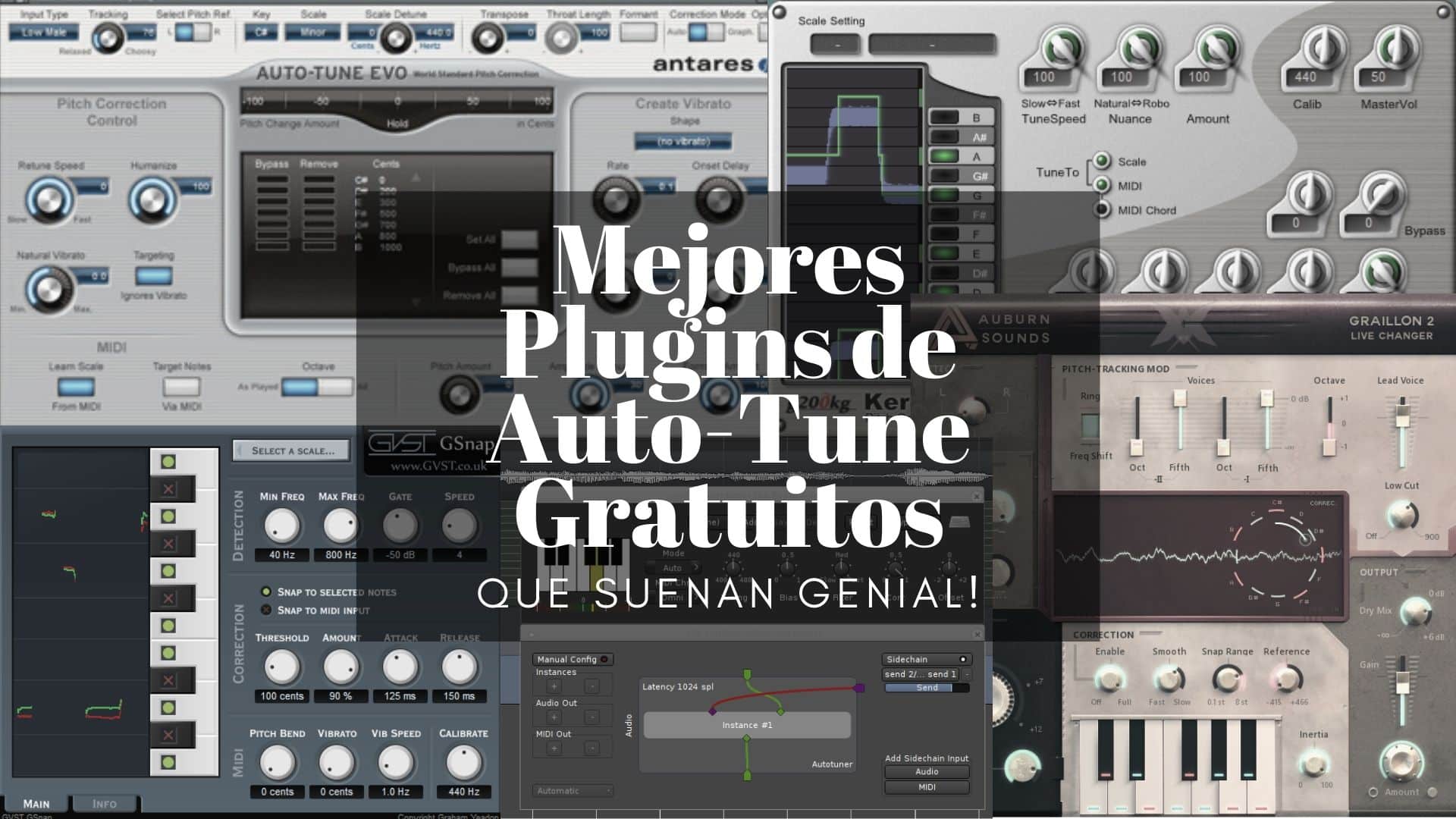The science behind Auto-Tune includes sophisticated digital sign processing strategies to investigate and manipulate the pitch of an audio sign. Here's a breakdown of the key scientific rules behind Auto-Tune:
1. Pitch Detection:
Frequency Analysis: Auto-Tune begins by analyzing the incoming audio sign via a course of called frequency analysis. best free autotune for FL studio involves breaking down the advanced waveform of the audio signal into its constituent frequencies.
Fundamental Frequency Detection: The basic frequency, which corresponds to the perceived pitch of the sound, is recognized. In the context of vocals, this is the pitch of the sung or spoken observe.
2. Reference Pitch Comparison:
User-Defined Settings: The detected pitch is then in comparison with a reference pitch or musical scale set by the consumer or the music producer. The reference pitch represents the supposed or appropriate pitch for the performance.
Scale and Key Settings: Auto-Tune permits customers to specify the musical scale and key of the music. This information helps in making extra accurate pitch corrections primarily based on the context of the music.

3. Pitch Correction:
Algorithmic Correction: If the detected pitch deviates from the reference pitch, Auto-Tune applies corrective processing. The algorithm calculates the mandatory pitch correction to deliver the detected pitch consistent with the reference pitch.
Correction Speed: Auto-Tune offers control over the pace at which pitch correction is applied. Faster correction instances result in more immediate corrections, while slower settings create a smoother, extra natural-sounding impact.
four. Graphical Interface:
Visual Representation: Many variations of Auto-Tune characteristic a graphical interface that shows the pitch of the enter sign over time. This visible representation allows producers and engineers to see the pitch corrections and make manual adjustments if needed.
Time Domain vs. Frequency Domain Processing: The graphical interface typically represents the correction process in each the time area (waveform) and the frequency area (pitch analysis), offering a comprehensive view of the correction process.
5. Creative Effects:
Intentional Pitch Manipulation: Beyond corrective capabilities, Auto-Tune can be utilized for intentional pitch manipulation to create distinctive vocal effects. This includes exaggerating pitch correction to realize the attribute "auto-tuned" sound.
Stylistic Choices: Artists and producers use Auto-Tune creatively to make stylistic choices that contribute to the overall sound and character of a music.
6. Real-Time and Post-Processing:
Real-Time Correction: Auto-Tune can function in real-time throughout reside performances, providing instantaneous pitch correction. This requires low-latency processing to ensure minimal delay between the enter sign and the corrected output.
Post-Processing: In the studio, Auto-Tune is commonly applied as a post-processing impact during recording or mixing. This allows for more exact adjustments and inventive experimentation.
7. Customization:
Adjustable Parameters: Auto-Tune presents varied adjustable parameters, together with correction velocity, scale settings, and key settings. This customization allows customers to tailor the pitch correction to the specific needs of a performance.
eight. Advanced Techniques:
Formant Shifting: Some variations of Auto-Tune include formant shifting capabilities, allowing for manipulation of the vocal timbre whereas preserving the pitch correction.
Note Transition Handling: Advanced algorithms deal with transitions between completely different notes, ensuring clean and natural-sounding pitch corrections.
In abstract, Auto-Tune operates at the intersection of digital sign processing and music principle. It leverages subtle algorithms to analyze, compare, and manipulate the pitch of audio alerts, offering each corrective and artistic prospects in music manufacturing. The continuous evolution of Auto-Tune expertise displays developments in signal processing and the ongoing quest for brand new and progressive soundscapes in the music industry..
